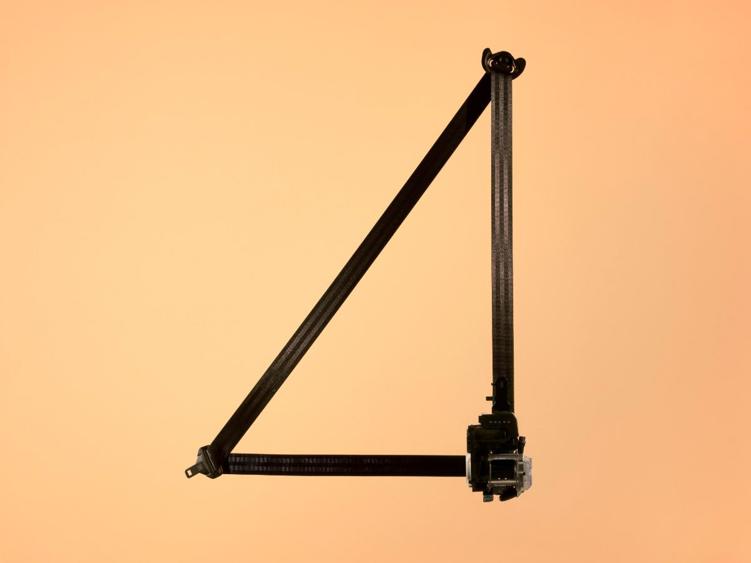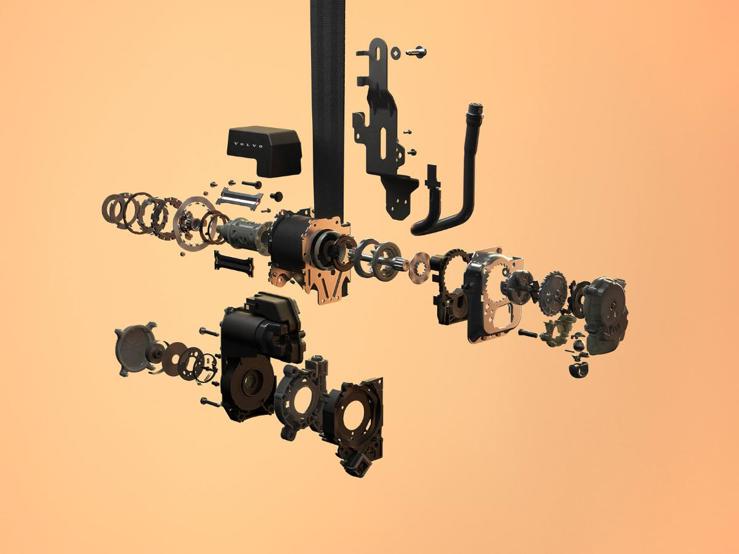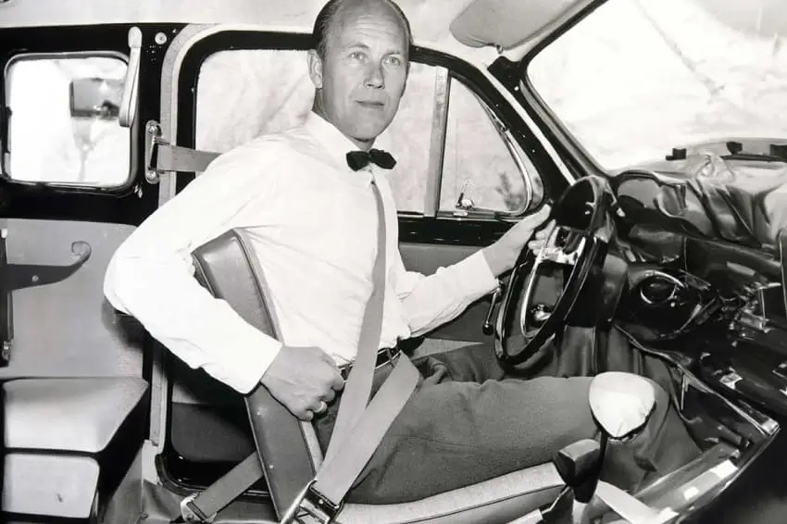- 'Multi adaptive' belt will make its debut next year on EX60.
- Adapts to the person wearing it and traffic variations.
- Brought to you by the brand that invented the seatbelt in the first place.
Volvo has unveiled what it calls a "major safety improvement to the safety belt", a technology that the company originally pioneered in 1959.
Volvo's new "multi-adaptive" seat belt set to debut in the upcoming EX60. According to the company, the new multi-adaptive safety belt is "a world-first technology aimed to further enhance safety for everyone in real-world traffic situations."

Designed to better protect occupants by adapting to traffic variations and the person wearing it, the belt system uses real-time data from the car’s advanced sensors to customise protection, adapting the setting based on the situation and individual’s profiles, such as their height, weight, body shape and seating position.
Modern seat belts use load limiters to control how much force the safety belt applies on the human body during a crash. Volvo says its new system expands the load-limiting profiles from three to eleven and increases the possible number of settings, enabling it to optimise performance for each situation and individual.

Unlike traditional systems, the new belt uses data from various sensors - including exterior, interior and crash sensors - to analyses the unique characteristics of a crash, such as direction, speed, and passenger posture. Based on this data, the system selects the most appropriate setting.
This means that a larger occupant in a serious crash would receive a higher belt load setting to help reduce the risk of head injury, while a smaller occupant in a milder crash would see a lower belt load setting to reduce the risk of rib fractures.
The system can also be improved over time via over-the-air software updates, and Volvo says that as it gathers more data and insights, the car can improve its understanding of "the occupants, new scenarios and response strategies."

"The world first multi-adaptive safety belt is another milestone for automotive safety and a great example of how we leverage real-time data with the ambition to help save millions of more lives," says Åsa Haglund, head of Volvo Cars Safety Centre.
"This marks a major upgrade to the modern three-point safety belt, a Volvo invention introduced in 1959, estimated to have saved over a million lives."
The original three-point seat belt was invented by Volvo engineer Nils Bohlin in 1959. A former aviation engineer at Saab who worked on ejector seats, Bohlin quickly came to the conclusion that an effective safety restraint must be able to absorb the forces across the body, yet be simple enough to use that even a child could buckle themselves in.

His solution was to combine the then-common lap belt with diagonal belt across the chest, anchored at a point on the floor so that the two belts formed a "V", ensuring it would remain in place and not shift under load, while also distributing the force of a crash more evenly across the torso.
With this the modern three-point seat belt was born, with Volvo first making it available in the Amazon and PV544 in 1959.
The company would later decide that the invention had more value as a free life saving tool than something to profit from, so made the patent free for any carmaker to use which saw its widespread adoption as a modern safety standard.







